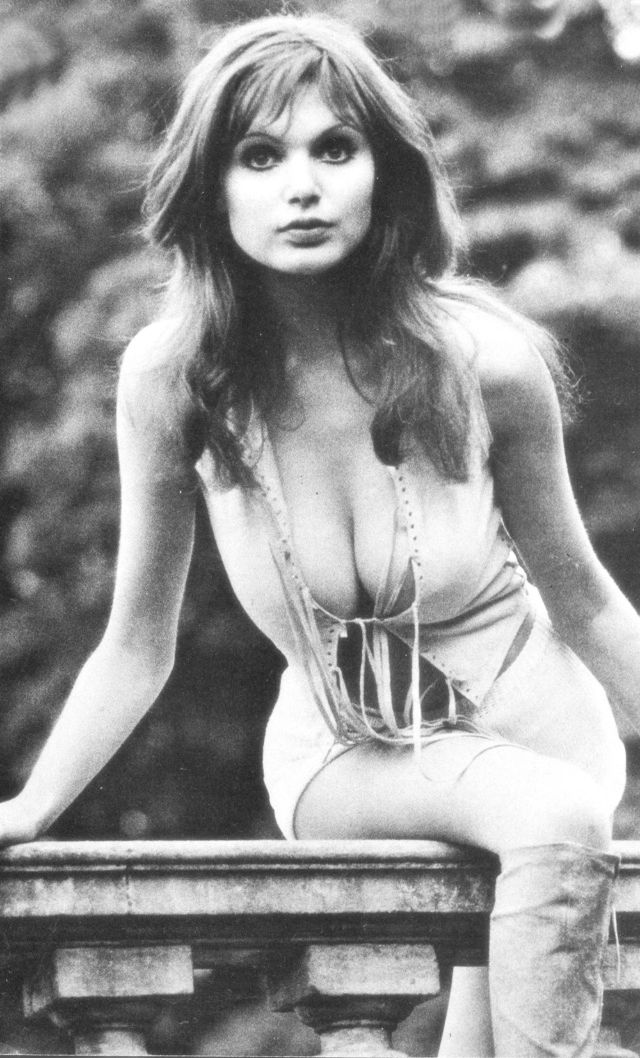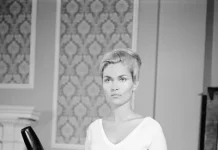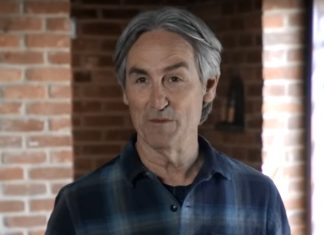Madeline Smith, born on August 2, 1949, in Hartfield, Sussex, England, emerged as one of the most captivating figures in 1970s British cinema. Her journey from a privileged upbringing to becoming a celebrated actress is a testament to her talent and timeless beauty.
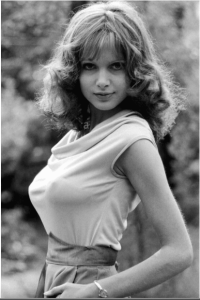
Early Life and Modeling Career
Raised in a well-to-do family, Smith’s father owned an antiques business, providing her with a comfortable yet unassuming childhood. Her striking features and graceful demeanor led to her discovery as a model during her teenage years. She quickly became a sought-after face in high-fashion magazines, laying the foundation for her transition into acting.

Breakthrough in Hammer Horror Films
Smith’s acting debut in the late 1960s marked the beginning of a prolific career. She gained prominence through her collaborations with Hammer Film Productions, renowned for their gothic horror classics. Her notable performances include
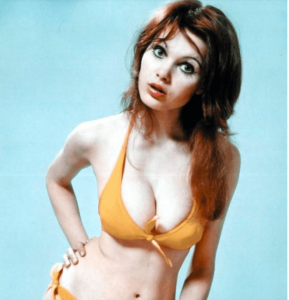
-
“The Vampire Lovers” (1970): Portraying Emma Morton, Smith captivated audiences as a young woman entangled in a vampire’s deadly allure.
-

-
“Taste the Blood of Dracula” (1970): Sharing the screen with Christopher Lee’s iconic Dracula, she showcased her ability to hold her own alongside legendary actors.
-
“Frankenstein and the Monster from Hell” (1974): This film further cemented her status as a horror genre icon.
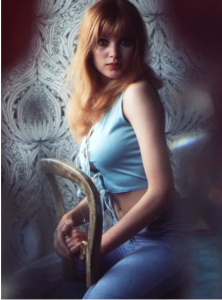
Versatility in Comedy and Drama
Beyond horror, Smith demonstrated remarkable versatility by seamlessly transitioning into comedy and drama. Her roles in British comedies such as “Up Pompeii” (1971) and “Carry On Matron” (1972) highlighted her comedic timing and charm. Additionally, her appearances on “The Two Ronnies” showcased her adaptability across various entertainment formats.
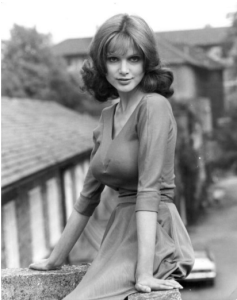
Iconic James Bond Appearance
In 1973, Smith’s brief yet memorable role as Miss Caruso in “Live and Let Die” marked Roger Moore’s debut as 007. This appearance as a Bond girl solidified her place in cinematic history, demonstrating her global appeal.
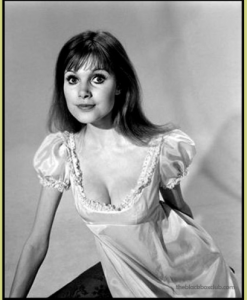
Private Life and Legacy
Despite her public persona, Smith maintained a private personal life, notably keeping details of her marriage away from the media spotlight. This discretion added to her enigmatic allure. After a successful career spanning the 1970s and early 1980s, she chose to step away from the entertainment industry, leaving fans to cherish her contributions to cinema.
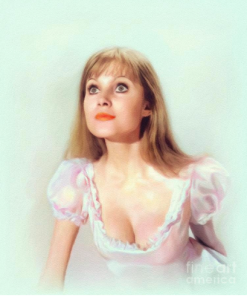
Conclusion
Madeline Smith’s enduring legacy in 1970s cinema is characterized by her seamless blend of beauty, talent, and versatility. From horror classics to comedies and iconic roles, she captivated audiences and left an indelible mark on the film industry. Her story continues to inspire, embodying the timeless allure of a true screen siren.


